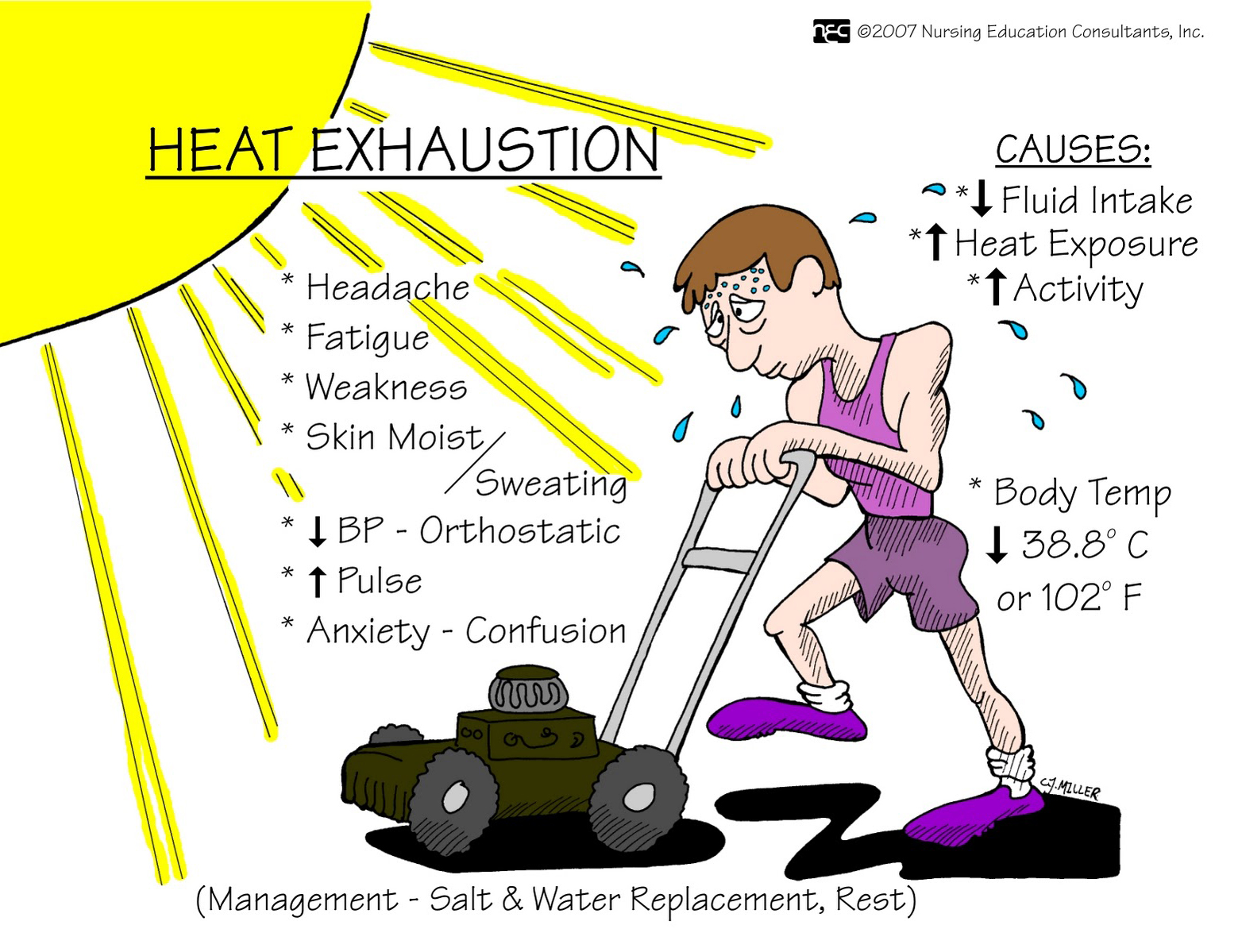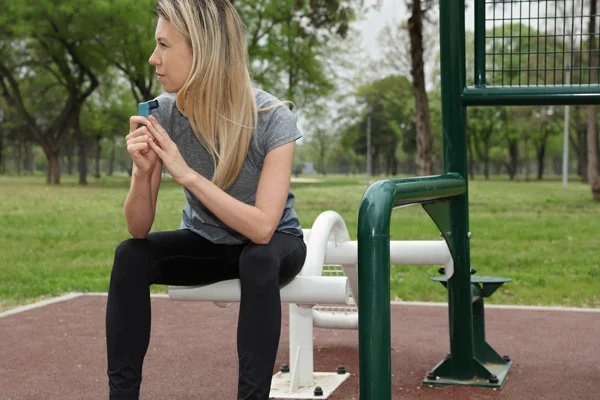Heat exhaustion vs heat stroke
Heat exhaustion and heat stroke are two related health conditions that can be very serious if not treated quickly and effectively. Both heat exhaustion and heat stroke are caused by a mild-extreme elevation in body temperature which is normally controlled by sweating. Sweating allows a person to cool through evaporation, but once a person becomes too dehydrated to sweat, the body temperature can rise rapidly and dramatically. High humidity can also prevent sweat from evaporating, again, not allowing a person to cool effectively and eventually resulting in a heat induced illness.
Heat exhaustion is likely to occur when a person’s body temperature rises above 37 degrees but below 40 degrees celsius.
Heat stroke is the most serious form of heat-related illnesses, with a body temperature higher than 40 degrees celsius.
The two heat conditions, although caused by a dramatic rise in body temperature, present very different signs and symptoms.
Heat exhaustion
Temperature 37–40 degrees celsius
What are the signs of heat exhaustion?
Heavily sweating
Pupils dilated.
What are the symptoms of heat exhaustion?
Fatigue (extreme tiredness) as a result in decreased blood pressure and blood volume. This is caused by a loss of body fluids and salts after being exposed to high heat for a prolonged period of time
Faint/dizziness
Headache
Nausea or vomiting
Possibly collapse.
How do you manage heat exhaustion?
Lie the casualty down
Loosen and remove excessive clothing
Moisten skin with a moist cloth/washer
Cool by fanning
If the casualty is fully conscious, give them cool water to drink.
Without the correct management of heat exhaustion, the casuality could quickly develop heat stroke.
Heat stroke
Temperature above 40 degrees celsius
What are the signs of heat stroke?
Dry skin (lack of sweating)
Rapid, shallow breathing
Pupils concentrated.
What are the symptoms of heat stroke?
Vertigo
Confusion
Headache
Thirst
Nausea or vomiting
Muscle cramps.
How do you manage heat stroke?
Heat stroke is a serious and life threatening condition.
Call 000 and ask for an ambulance
Follow DRSABCD
Place the casualty in a cool environment
Moisten the skin with a moist cloth/washer and fan repeatedly
Apply wrapped ice packs to neck, groin and armpits.
Certain people are at greater risk of developing heatstroke, or suffering serious complications from severe dehydration. These people should be taken to hospital immediately:
Children, under two years of age
Elderly people
People with kidney, heart or circulation problems
People with diabetes who depend on insulin.
How do you prevent a heat-Induced illness?
Prevention is the best way to manage heat-induced illness. This includes:
Drink plenty of water
Drink less tea, coffee and alcoholic beverages to avoid dehydration
Wear lightweight, light coloured and loose fitting clothing
Make sure the clothes you are wearing are made from a fabric which allows you to “breathe” and lets sweat evaporate
Protect yourself outside. This includes ‘Slip, Slop. Slap. Seek, Slide‘.
Limit physical activity and the time you spend doing outdoor activities. If this is difficult, schedule outdoor activities for cooler parts of the day (before 10am and after 4pm).
Don’t leave children or pets in cars
Relax and stay cool
Keep your energy level up by eating well nourished foods, which includes plenty of fruit and vegetables
Watch out for others, including the elderly, young, pregnant and active.
To practice managing a heat-affected victim, Australia Wide First Aid’s Provide First Aid course will educate you in the fundamentals of first aid. Not only will the course prepare you with the knowledge required to provide a first aid response, but the practical component in the course will give you the skills to provide life support during the management of casualty(s), the incident and other First Aiders at the scene.
For bookings email us or call 4098 1228 for more details.
IN CASE OF EMERGENCY DIAL 000.
Get in touch
If you have any questions regarding any of the courses on offer, please do not hesitate to contact us. Call us on 07 4098 1228 or get in touch today.












